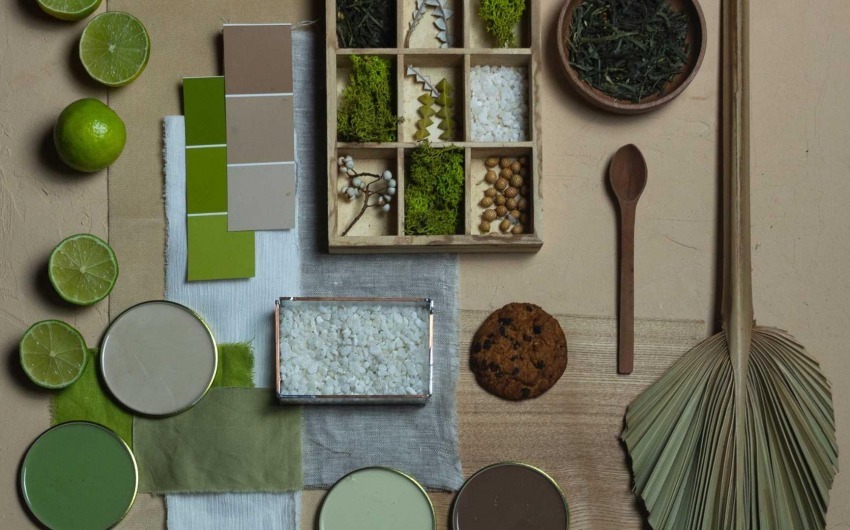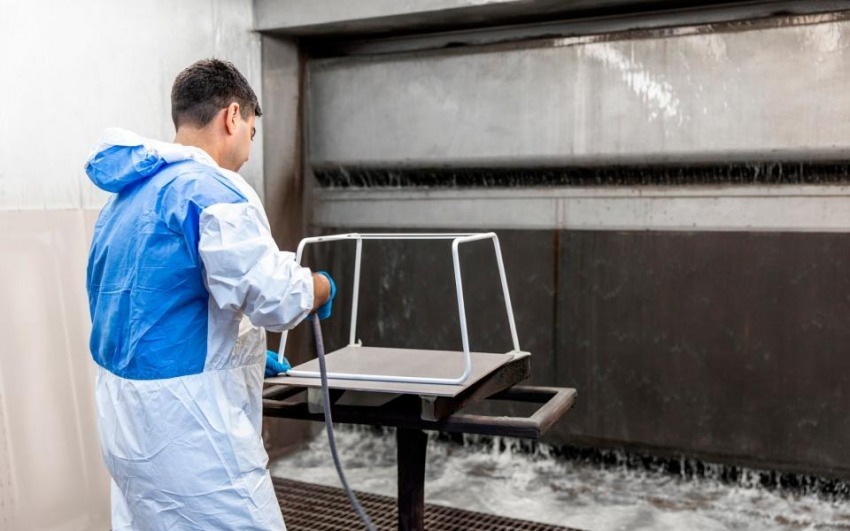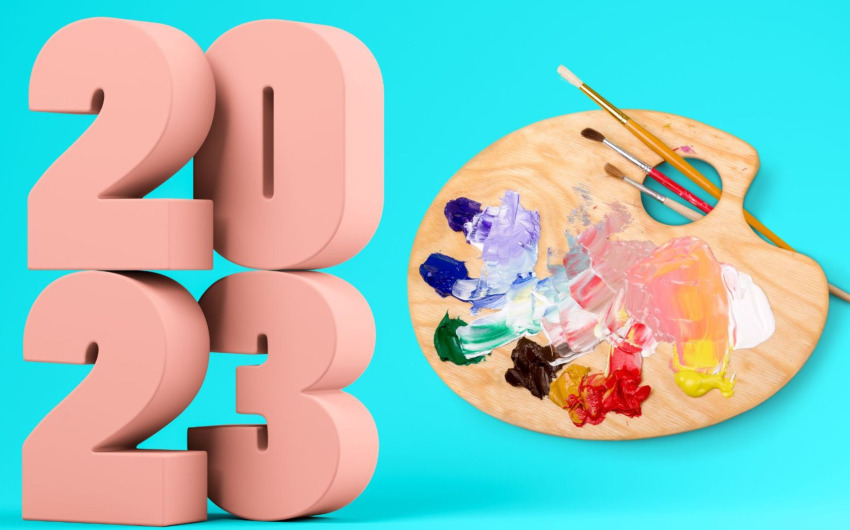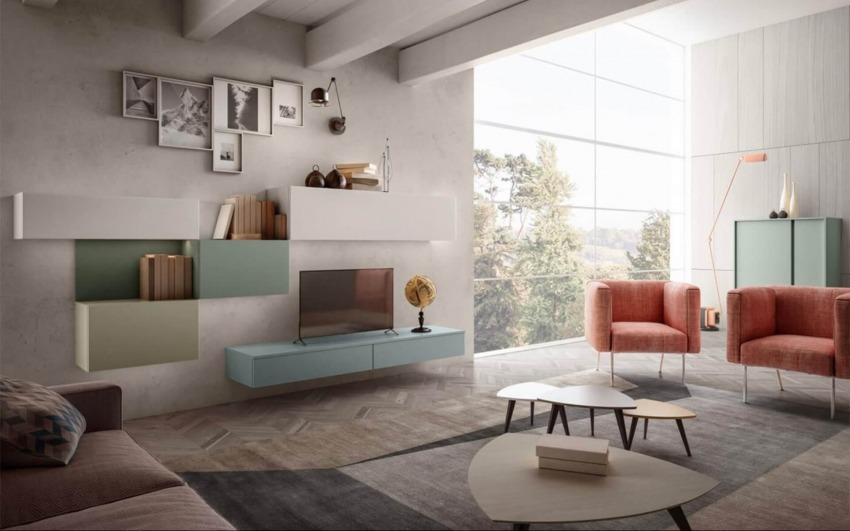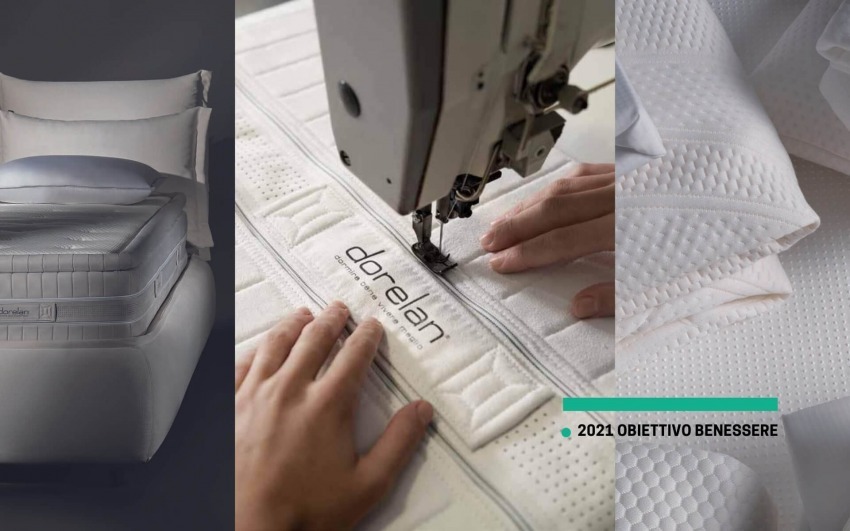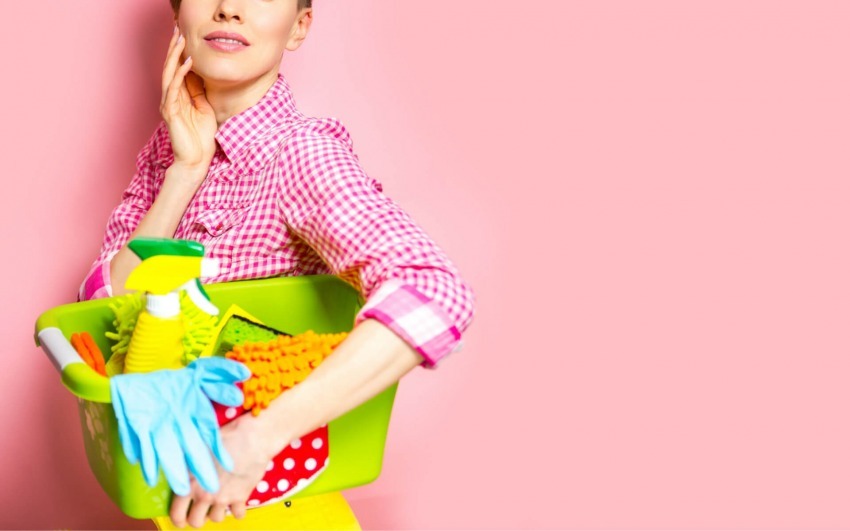4/09/2021
The world of interior design is at a turning point. The pandemic, which has caused the lockdown of the world population since the end of 2019, has underlined the vital need to reorganize the rooms of the house.
We hadn't paid attention to many details for many years, used to living our home for only a few hours in the evenings and on weekends.
But this year we realized how many structural defects can have an environment that, lived daily, can present barriers in the performance of many activities, but above all the forced isolation in our homes has made us understand how much the environments can influence our mood, our well-being and our way of living and working.
For some, the need has arisen to create a space to operate in smart working, for others, the need to create a space reserved for children so that they can develop their creativity and play undisturbed (and without disturbing or messing up the whole house), or again, the need to create an outdoor space usable for those who, living in apartments in the city center, have rediscovered the joy of having a balcony or terrace to still preserve that minimum contact with the outside and breathe clean air.
In short, let's face it, we have never lived so much within the walls of the house as in the last year, and it is precisely this that gives rise to new needs; needs that interior design must meet.
It is a new era for interior designers from all over the world, who have wondered about which new standards will have to be taken into account from now on during the creative process.
But let's see what are the elements that will bring some fresh air into the way of designing the rooms:
Minimal and bright furniture: if you have to spend a lot of time indoors, you need to get as much space as possible with a minimal design, which does not weigh down the environment, furniture and furnishing accessories that are as functional as possible and in which you can cram everything you need without bulky “decorative elements”, purely for aesthetic purposes, but very uncomfortable. However, minimal furniture must be accompanied by light colors to give light to the spaces but above all to give a larger impression of the room.
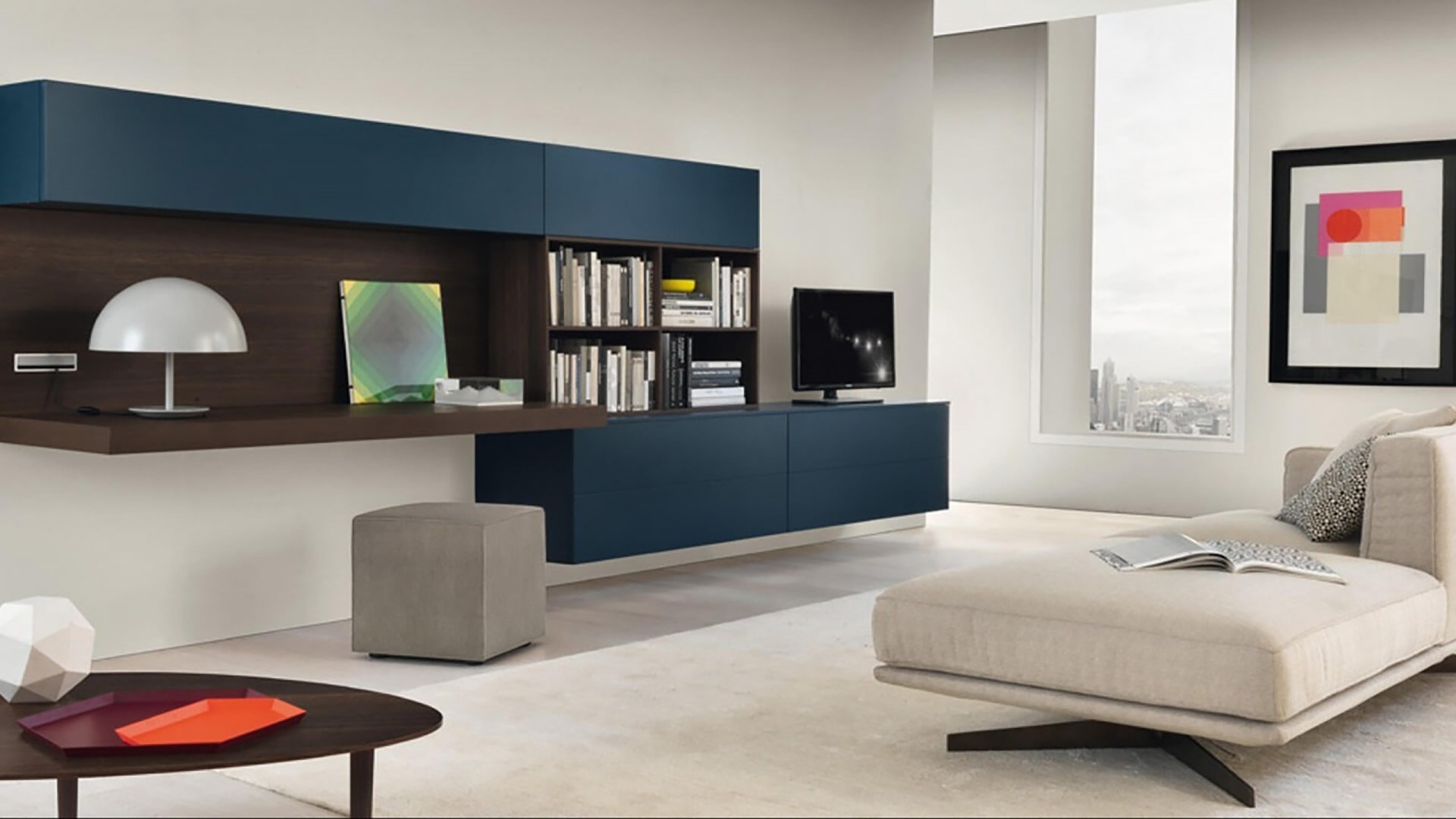
The importance of the entrance: previously perhaps underestimated, now it is transformed into the area of the house in which to leave all the contaminated objects that we carry from outside (shoes, coats, bags, umbrellas, etc.)
_87d7ed4bda_.jpg)
The living area is now multifunctional: due to the pandemic, the living area is often used for smart working and DaD (distance learning), thus requiring flexible and versatile spaces capable of guaranteeing the presence of functional stations for these activities. , but without excessively cluttering (one of the solutions could be to install a folding desk or to use the guest room as a study)
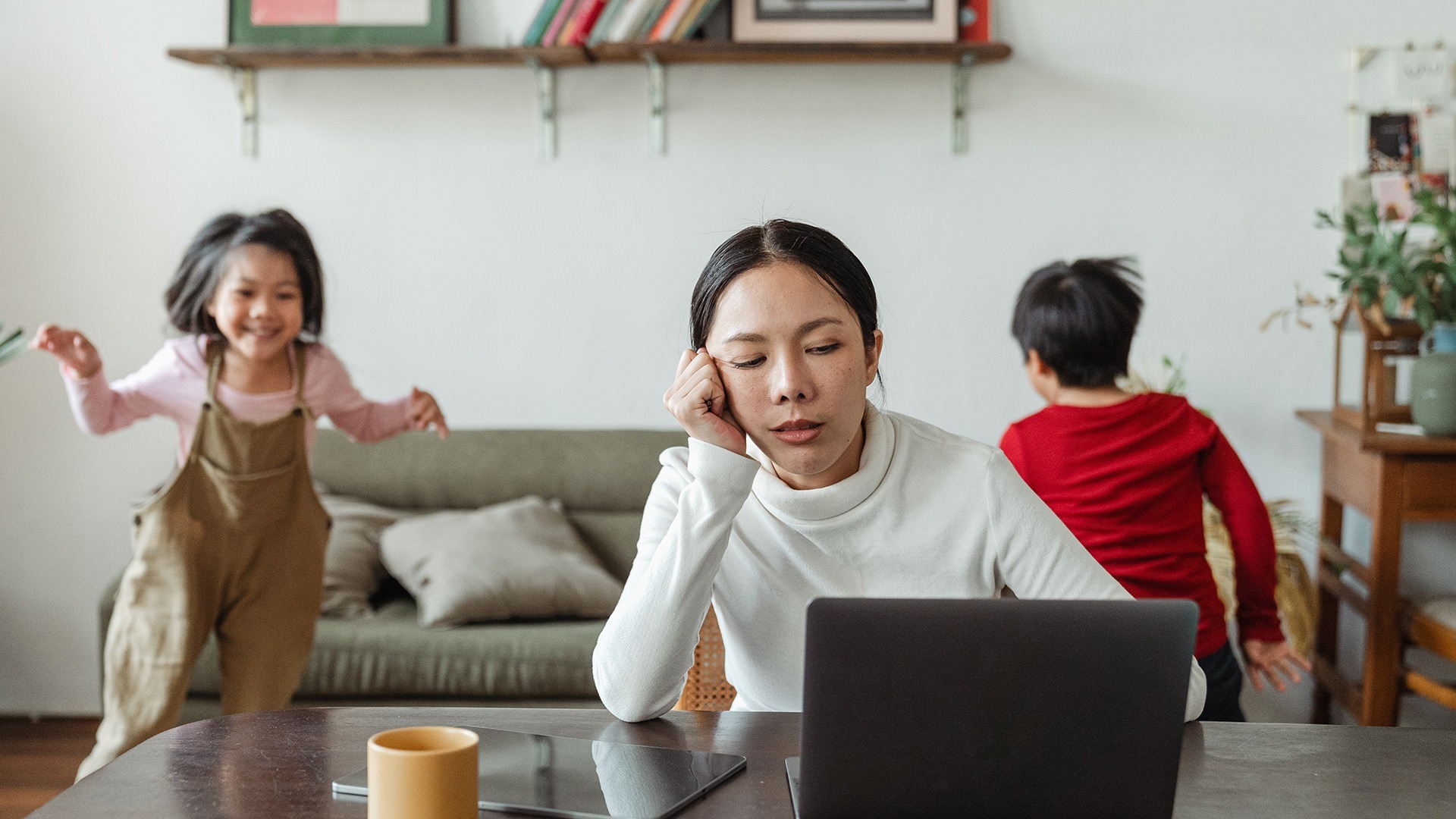
Emphasis on the outdoor areas: balconies, terraces and gardens are now essential to be able to spend a few hours outdoors not being able to leave your residence. The reference to nature for those who do not have an outdoor area could be possible thanks to the addition of plants and flowers inside the house, perhaps small vertical gardens or simply ornamental plants, which bring a little "green" in our days.
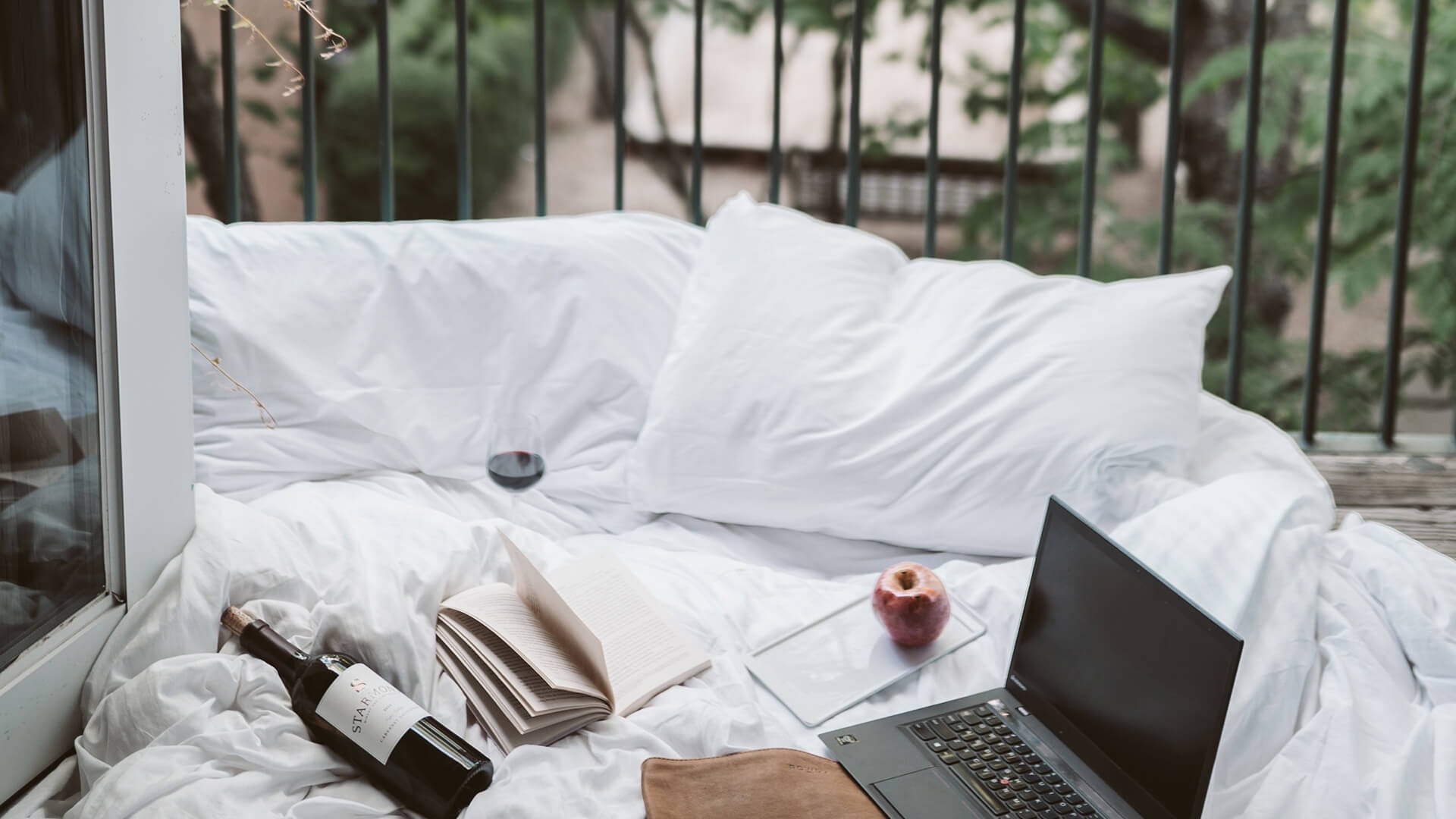
_14077b47db_23.jpg)
Interior Designer since 1985
CEO & Founder, Italian Design in the World
